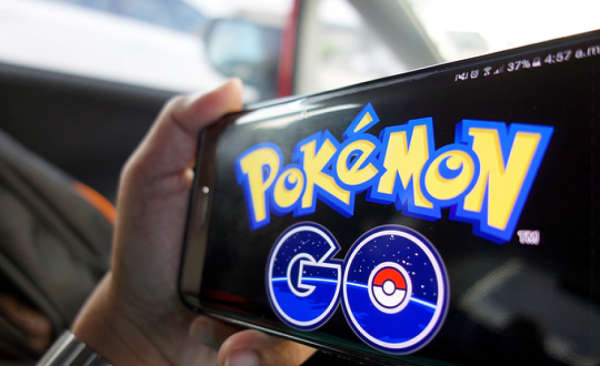by YUMI SAKUGAWA
Do you experience a pang of envy when you scroll through your Facebook news feed, Instagram home, or Twitter timeline and see all your friends doing super-awesome things that you weren't a part of? If you are like most people, then the answer is probably yes.
Do you experience a pang of envy when you scroll through your Facebook news feed, Instagram home, or Twitter timeline and see all your friends doing super-awesome things that you weren't a part of? If you are like most people, then the answer is probably yes.
This particular strain of social media envy is now commonly referred to as FOMO, which stands for "Fear Of Missing Out." It can come in the form of feeling jealous over friends' vacation photos, the self-inflicted pressure to check out a hip restaurant that everyone else is talking about, or simply experiencing the general paranoia that everybody else online is having more fun without you.
Common as it is, FOMO can be managed and cured with gratitude, mindful breathing exercises, and most importantly, cutting back on your online browsing time. The end result could even eventually turn your FOMO into JOMO, i.e. "Joy of Missing Out."










































